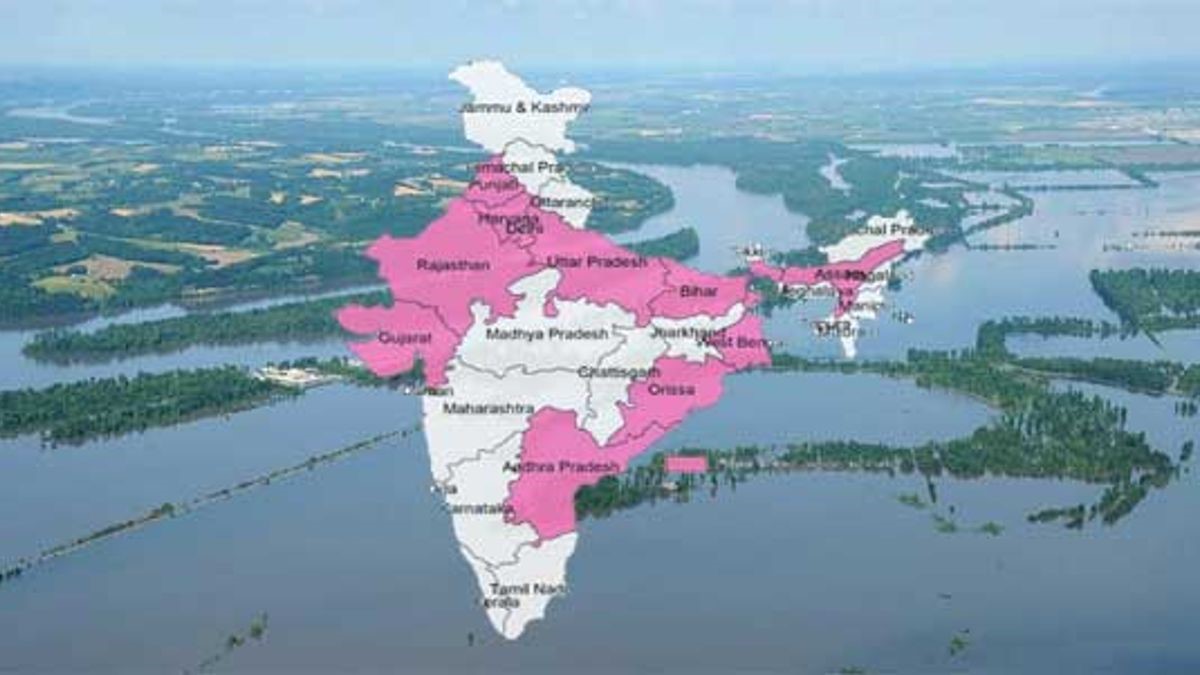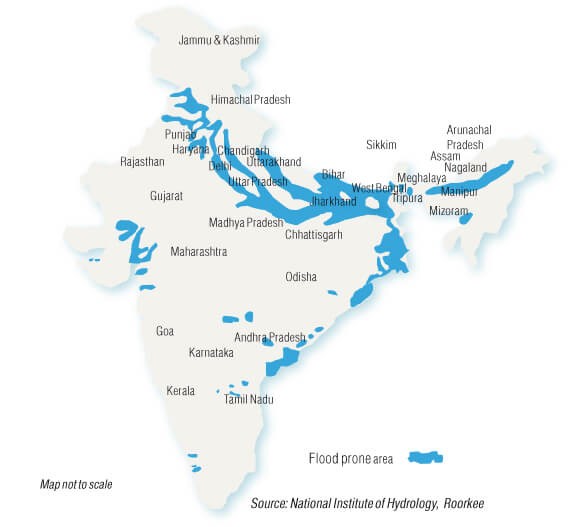Free Courses Sale ends Soon, Get It Now


Free Courses Sale ends Soon, Get It Now



Disclaimer: Copyright infringement not intended.
Context
Details
Causes of Floods in India
Heavy Rainfall:
Snowmelt:
Cyclone and Storms:
River Overflow:
Impacts of Floods in India
Loss of Life:
Damage to Property:
Individuals displaced:
Environmental Degradation:
Economic Losses:
The Solutions for Flood Management in India
Storage Reservoirs:
Embankments:
Diversions:

Finding on Flood Risks
How is India at risk?
Who are the most affected?
What should be done?
Conclusion:
|
PRACTICE QUESTION In India, assess the role of structural and non-structural measures in flood management. What are the potential and challenges for water conservation in the context of climate change? |
© 2024 iasgyan. All right reserved